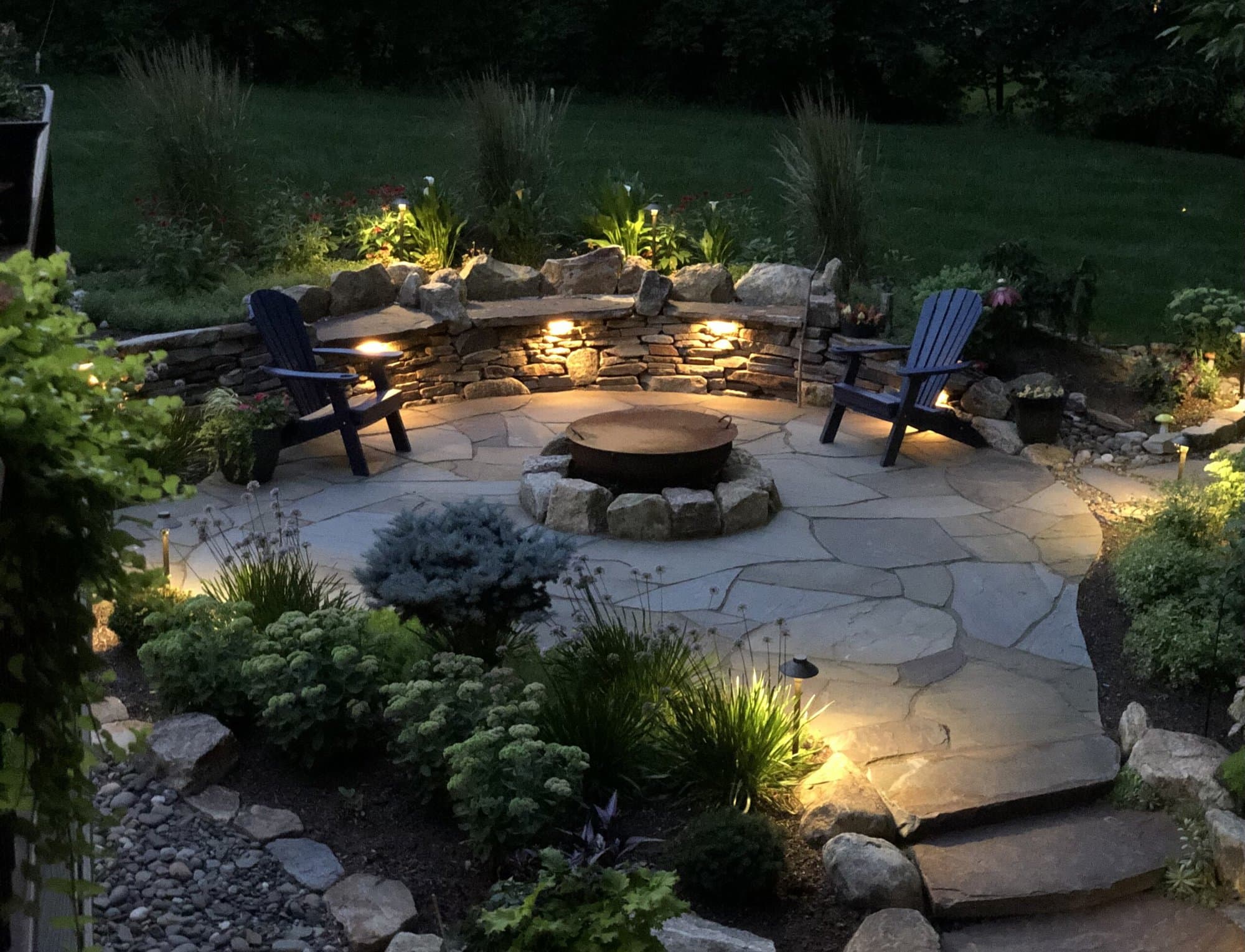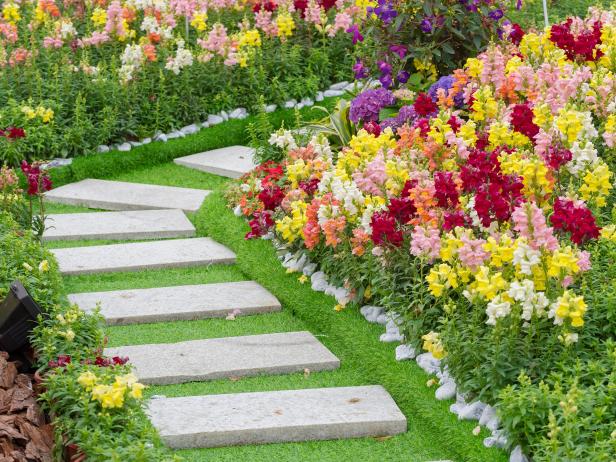The Best Guide to Keeping Your Yard with Palm Desert Landscaping
The Best Guide to Keeping Your Yard with Palm Desert Landscaping
Blog Article
A Comprehensive Guide to Creating and Implementing Effective Landscape Design Solutions
The art and science of landscape design prolong past simple aesthetic appeals; they involve a thoughtful combination of design concepts, ecological stewardship, and functional execution. What techniques can one use to guarantee these landscapes not just flourish however additionally prosper in consistency with their environments?

Recognizing Landscape Style Concepts
One could wonder what foundational components add to effective landscape layout. At its core, effective landscape design rests on a number of key concepts that direct the arrangement and choice of components within a room. These principles consist of unity, percentage, rhythm, and balance, each serving to develop a harmonious exterior environment.
Unity describes the cohesive partnership among numerous parts, ensuring that they collaborate cosmetically and functionally. Balance can be attained through asymmetrical or balanced plans, permitting the landscape to feel secure and inviting. Proportion entails understanding the range of elements in connection with each various other and the surrounding environment, advertising visual harmony and comfort.

Analyzing Your Outdoor Space
Prior to implementing the concepts of landscape layout, a complete assessment of your outside room is vital. This preliminary examination aids define the scope of your landscape design job and makes sure that your design aligns with the special features of your residential property. Begin by assessing the dimensions of your space, taking accurate measurements to recognize the readily available location for different components such as pathways, patios, and gardens.
Next, observe the existing features of your landscape, consisting of topography, dirt top quality, and drain patterns. These aspects considerably influence plant selection and placement. Additionally, assess the sunlight exposure throughout various locations throughout the day, as this will affect the sorts of plants that grow in your garden.
Take into consideration the microclimates produced by frameworks, trees, and other obstacles, as they can affect temperature level and dampness degrees. Finally, bear in mind of any kind of existing plants or hardscape components that you desire to remove or retain. This extensive examination lays the groundwork for a well-informed and reliable landscape design option, making sure that your style is not just visually pleasing however also functional and sustainable for many years to come.
Lasting Landscaping Strategies
Integrating lasting landscaping strategies is necessary for producing an ecologically liable outside room. These methods not just promote ecological equilibrium but additionally enhance the visual and functional worth of a landscape. One foundational strategy is the usage of indigenous plants, which require much less water and upkeep while supporting neighborhood wildlife. Implementing effective click here to find out more watering systems, such as drip watering, lessens water waste and makes certain that plants receive adequate dampness.

One more effective strategy is the tactical positioning of trees and bushes to provide all-natural windbreaks and color, thus reducing power costs (Palm Desert Landscaping). Rain gardens can be integrated into the landscape layout to take care of stormwater runoff successfully, filtering system pollutants before they get in rivers
Choosing the Right Plants
Choosing the right plants for your landscape is crucial to accomplishing both visual charm and eco-friendly consistency. The procedure begins with an understanding of your local climate, soil problems, and the details microenvironments within your landscape. Assessing variables such as sunshine direct exposure, wetness degrees, and existing vegetations will certainly help you choose plants that flourish in your distinct setting.
Take into consideration incorporating native plants, as they are well-adapted to local conditions, require much less upkeep, and support local wildlife. Furthermore, choosing a diverse variety of types can improve biodiversity while minimizing the danger of illness and bug outbreaks. It is necessary to examine the development routines, growing durations, and seasonal colors of prospective plants to create a vibrant and natural landscape.
Moreover, believe regarding the meant use the space; for instance, if the location will certainly experience high foot web traffic, opt for resilient ground covers. By attentively picking plants that line up with both your aesthetic objectives and ecological demands, you can develop a sustainable landscape that not only boosts your residential or commercial property but additionally contributes positively to the bordering environment.

Application and Upkeep Techniques
When the right plants have been selected for your landscape, the focus changes to effective application and ongoing maintenance approaches. Successful setup starts with correct site preparation, that includes dirt testing to identify nutrient pop over to this web-site degrees and pH, adhered to by amending the dirt as required. Very carefully prepare plants according to their growth practices and light demands, making certain ample spacing to promote healthy growth.
Irrigation is an essential element of implementation. Establish a watering schedule that thinks about the certain demands of each plant varieties, readjusting for seasonal changes. Utilizing drip irrigation systems can enhance water efficiency and decrease overflow.
Maintenance techniques need to be carried out to guarantee the durability and vigor of your landscape. you could look here Routine tasks include weeding, mulching, and pruning to manage growth and avoid disease. Fertilization should be conducted based upon dirt examinations, providing the essential nutrients without over-fertilizing.
Keeping track of for conditions and bugs is crucial; early discovery can stop considerable damage. Last but not least, seasonal changes to upkeep routines, such as preparing and winterizing perennials for springtime growth, will guarantee that your landscape remains visually enticing and healthy and balanced year-round.
Conclusion
Successful implementation and continuous upkeep further guarantee the long life and vigor of landscapes. By incorporating these elements, landscapes can be changed into lovely, practical settings that advertise biodiversity and add favorably to area well-being.
One may wonder what foundational aspects add to reliable landscape design. At its core, effective landscape design pivots on a number of vital principles that assist the setup and selection of elements within an area.Picking the right plants for your landscape is important to attaining both visual charm and ecological consistency. It is essential to assess the growth practices, growing durations, and seasonal colors of possible plants to produce a dynamic and natural landscape.
Once the best plants have actually been selected for your landscape, the emphasis shifts to efficient execution and continuous maintenance techniques.
Report this page